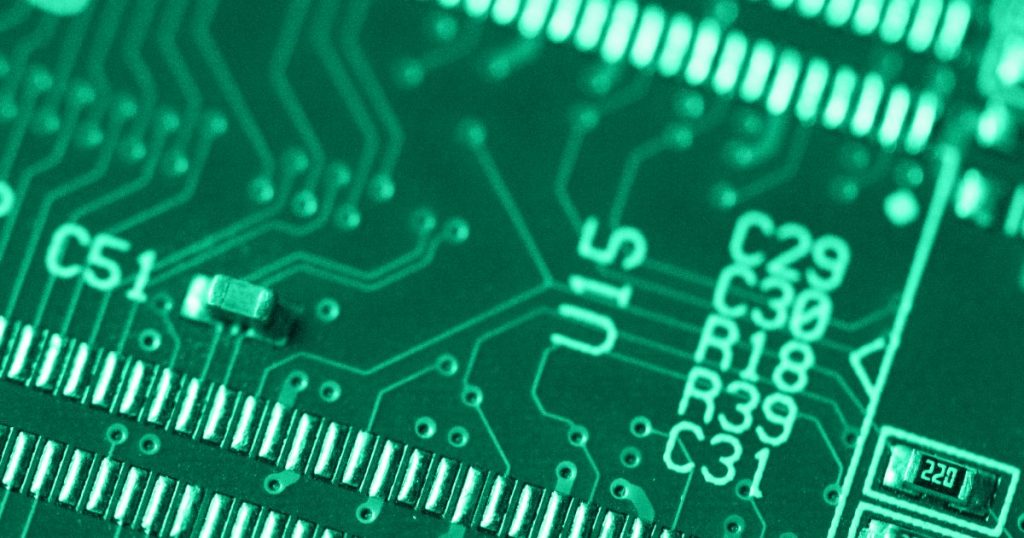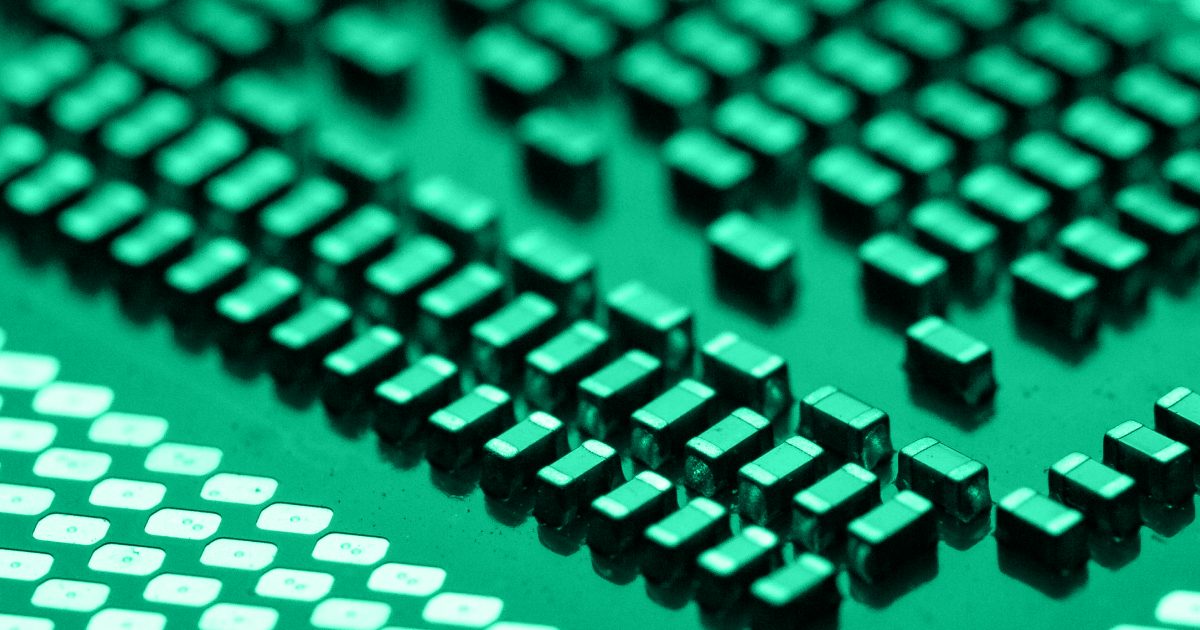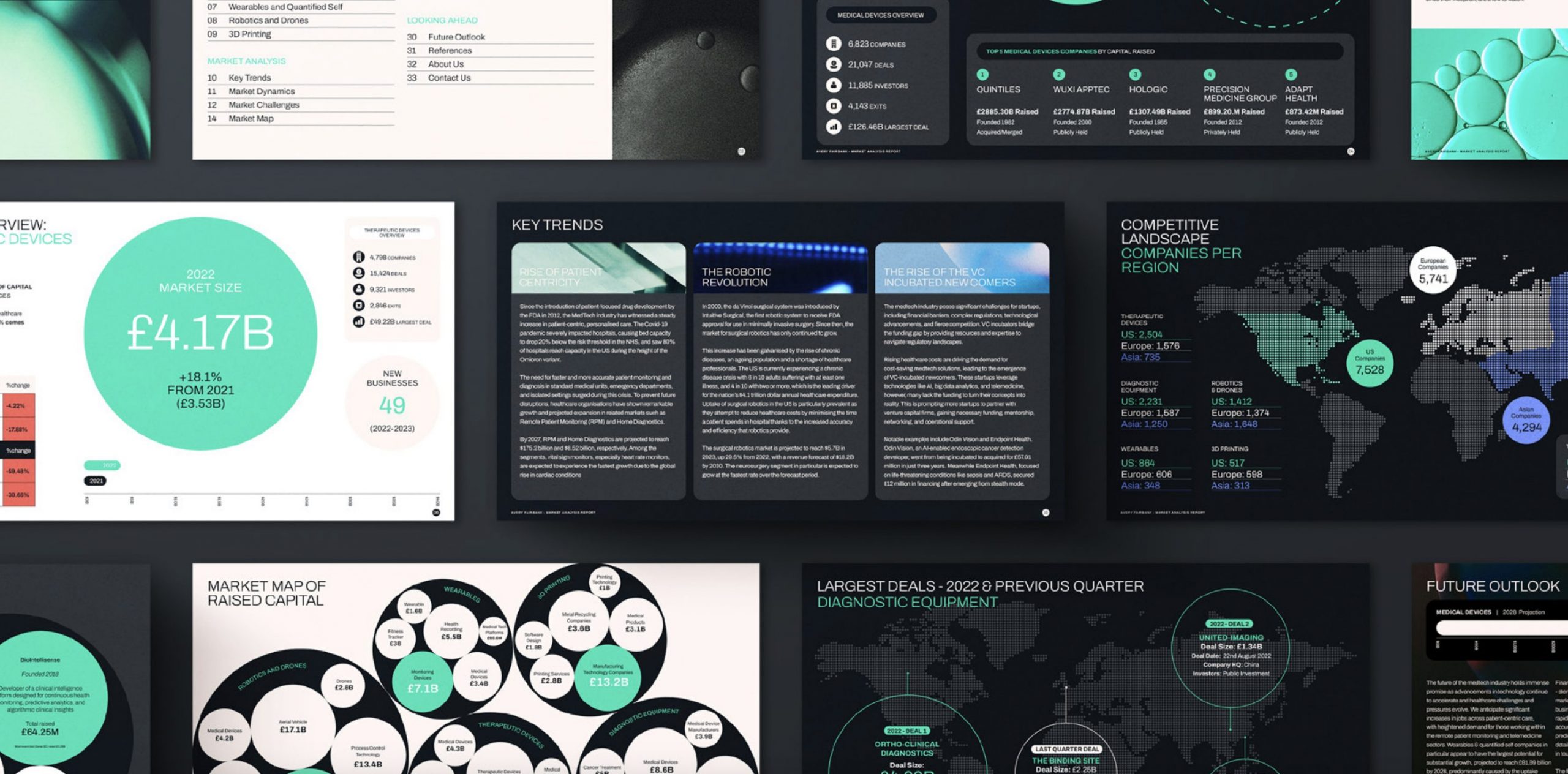February 28, 2024
How is nanotechnology set to revolutionise healthcare, offering precise diagnostics and treatments, while also presenting new challenges in safety and ethics? This article aims to explore the transformative impact of nanoscale technologies in medical science, questioning how these advancements can reshape patient care and what potential hurdles we must overcome to integrate these innovations responsibly into healthcare practices.
What is Nanotechnology?
Nanotechnology is a transformative field that involves the manipulation of matter at the atomic or molecular level to create or modify devices and products, with practical applications spanning across healthcare, sports, electronics, and more. This technology is significant due to its ability to produce materials, devices, and systems with unique properties and enhanced functionalities, owing to the nanoscale size of materials.
These nanomaterials, with their unique physical and chemical characteristics, such as increased reactivity, strength, and conductivity, have led to advancements in a variety of sectors. For instance, nanotechnology is employed in electronics to enhance device features, in cosmetics to improve product texture and appearance, in sporting goods to boost equipment performance, in textiles for durability and water resistance, and in healthcare for more efficient medical treatments. Furthermore, it’s used in everyday products like sunscreens, furniture, adhesives, and automotive coatings, showcasing its widespread impact and utility in enhancing product efficiency and innovation.
Nanotechnology in Healthcare
One of the most exciting prospects of the ability to manipulate atoms and molecules individually lies in the field of healthcare, where traditional, broader “macro” treatments have limited doctors’ capacity to address illness effectively. The intricacies of the human body operate fundamentally at the nanoscale within cells, dictating our health status. To truly address and potentially cure conditions such as diabetes, cancer, or Alzheimer’s, it’s crucial to develop technologies that operate on the same scale. Despite being a relatively recent development, medical nanotechnologies are making significant strides in transforming diagnosis, treatment, and prevention for a wide array of diseases. Let’s take a look at some of the uses of nanotechnology in healthcare, and how it’s transforming patients’ lives.
Smart Pills and Nanorobots
Smart pills and nanobots are revolutionising the way diseases are diagnosed. Every year, misdiagnosis, a complex issue, results in the deaths of approximately 40,000 to 80,000 people and impacts the recovery process for millions more. The difficulty in diagnosis stems from the fact that a single symptom can indicate a multitude of diseases, while many diagnostic procedures are costly, cumbersome, and prone to inaccuracies, leading to a reluctance among patients to undergo testing, even when available. For example, over 450 million people worldwide suffer from diabetes, a condition traditionally monitored through frequent, painful, and potentially infection-causing needle-based glucose tests.
Nanotechnology offers a promising solution by enhancing medical diagnostics, making them more affordable and user-friendly. Smart pills represent a significant advancement in this area, providing doctors and patients with the capability to track a wide range of diseases. Depending on the specific condition it’s designed for, a smart pill employs nanoscale sensors to identify disease presence well before symptoms become noticeable to the patient.
The PillCam, the first smart pill approved by the U.S. Food and Drug Administration in 2001, features a tiny camera to examine the bowels or colon for conditions like Crohn’s disease, internal bleeding, or polyps. This pill sends data wirelessly to a device that the patient manages, allowing for continuous internal health monitoring.
Nanorobots offer another innovative approach. Equipped with tiny motors, these nanorobots can travel to specific body areas after being ingested or injected. They can directly target disease sites, capture images, and relay this information to the doctor or patient, presenting a cutting-edge method for disease detection and monitoring.
Precision Disease Treatment
Nanotechnology offers groundbreaking precision in treating diseases, particularly through the use of nanorobots as agents for delivering medication. For instance, researchers at Arizona State University have created an “origami nanorobot” made from a flat synthetic DNA sheet coated with a blood-clotting enzyme, capable of folding into different shapes. Once injected into the bloodstream, this nanorobot is designed to target tumour cells specifically, bind to their surfaces, and administer the enzyme directly. This method effectively cuts off the tumour’s blood supply, addressing the critical challenge of eliminating cancer cells without damaging surrounding healthy tissues.
Furthermore, nanotechnology is making significant strides in improving the management of diseases that necessitate strict adherence to medication schedules. Studies indicate that more than half of patients with chronic conditions do not follow their medication plans as prescribed. Nanotechnologies offer a solution by enabling the programmed, automatic release of drugs, potentially transforming the effectiveness of treatment for chronic diseases by ensuring consistent medication delivery.

Disease Prevention
Nanotechnology holds significant potential in disease prevention, which is crucial for enhancing patient health outcomes by avoiding illness altogether. Among its many applications, nanotechnology offers promising solutions for combating waterborne diseases, a major health challenge especially in developing countries with limited access to clean water. Researchers at the University of Arizona have pioneered a method involving a paper chip coated with nanoparticles of a fluorescent polymer, similar to styrofoam, which are bound with antibodies targeting the norovirus. This innovative approach allows for the rapid and cost-effective detection of norovirus in water, using just a simple microscope, thereby streamlining the process of identifying microbial contaminants without the need for extensive lab analysis.
Additionally, nanotechnology is making strides in the field of wearable health devices and smart bandages, which play a pivotal role in preventing infectious wounds. These advanced bandages are embedded with nanoparticles that can not only expedite blood clotting and promote wound healing through growth hormones but also incorporate sensors capable of identifying infections and subsequently releasing antibiotics. Often constructed from biocompatible materials, these bandages can remain on wounds until they naturally dissolve, offering a seamless and efficient approach to wound management and disease prevention.
Nanomaterials: Risk vs Reward
The future of nanotechnology and concerns about nanomaterials have become increasingly prominent as research in the field expands, revealing a wide array of medical applications. Despite the vast potential, there are significant challenges to overcome, including scaling up production, reducing costs, and shortening development times. Additionally, gaining public trust in the safety of rapidly advancing nanotechnology is an ongoing challenge, with clarity on this issue still lacking.
Some argue that worries about nanotechnology might be overstated, highlighting that nanoparticles have existed naturally since the dawn of time, in phenomena like volcanic ash and sea-spray, and as byproducts of human activities like fire. The National Cancer Institute in the U.S. has noted the omnipresence of nanoparticles in the environment, often in higher concentrations than those engineered for specific purposes. They argue that many engineered nanoparticles are considerably less harmful than common household products or certain medications, pointing out, for example, their relatively lower toxicity when used as drug carriers in chemotherapy.
Nanomaterials have seen a notable expansion in the food industry, offering benefits such as reduced fat and sugar levels without compromising taste, enhanced packaging to prolong freshness, and indicators of spoilage. They also improve the bioavailability of nutrients in supplements. Despite these advancements, there is concern over the rapid pace of nanotechnology development and market growth outpacing the understanding of potential toxicological impacts.
These concerns have been echoed by the House of Lords’ Science and Technology Committee in the UK, particularly regarding the health risks of ingested nanomaterials. The committee raised issues about the small size and high mobility of nanoparticles, which could allow them to breach cellular barriers and potentially accumulate in organs, posing risks. Questions also surround the reactivity of nanoparticles and their ability to facilitate unintended chemical reactions or carry toxins into cells. The phenomena of particle aggregation and agglomeration, driven by physical and chemical forces, further complicate the behaviour of nanoparticles, potentially altering their properties and reactivity in unforeseen ways.
Avery Fairbank Talent Insight
As the Nanotechnology sector expands, demand for talent in this area has been rising, and we have seen a 6% increase in nanotechnology professionals globally compared to last year. The predominant location for this talent is San Francisco, where over 10,000 professionals are working. Companies hiring the majority of this talent include Intel, ASML, Apple, Applied Materials and Thermo Fisher Scientific.
Conclusion
Nanotechnology in healthcare represents a frontier of immense promise, with its capacity to revolutionise diagnosis, treatment, and prevention of diseases, showcasing a paradigm shift in medical science. From smart pills and nanobots facilitating early and precise diagnosis to nanorobots delivering targeted therapies and innovations in disease prevention, nanotechnology is reshaping healthcare in profound ways.
However, alongside its vast potential, the rapid advancement and application of nanomaterials also bring forth significant challenges and concerns, particularly regarding safety, environmental impact, and ethical considerations. As research progresses and applications expand, it is crucial to balance the incredible benefits of nanotechnology with a rigorous assessment of risks, ensuring that the journey towards integrating nanotechnology into healthcare is both innovative and responsible.
With a growing demand for professionals in this field, the future of nanotechnology in healthcare looks both bright and boundless, promising a new era of medical breakthroughs and enhanced patient care.

Published on 28-02-2024


